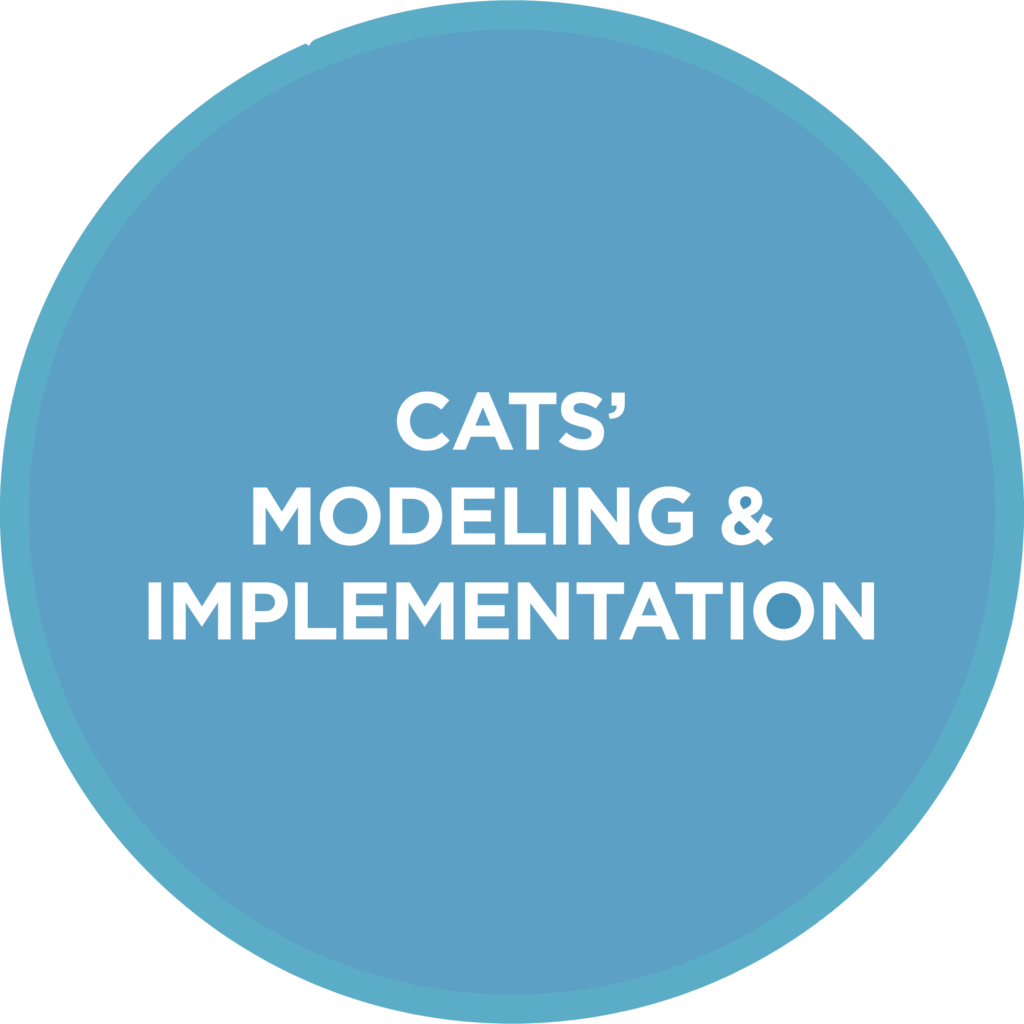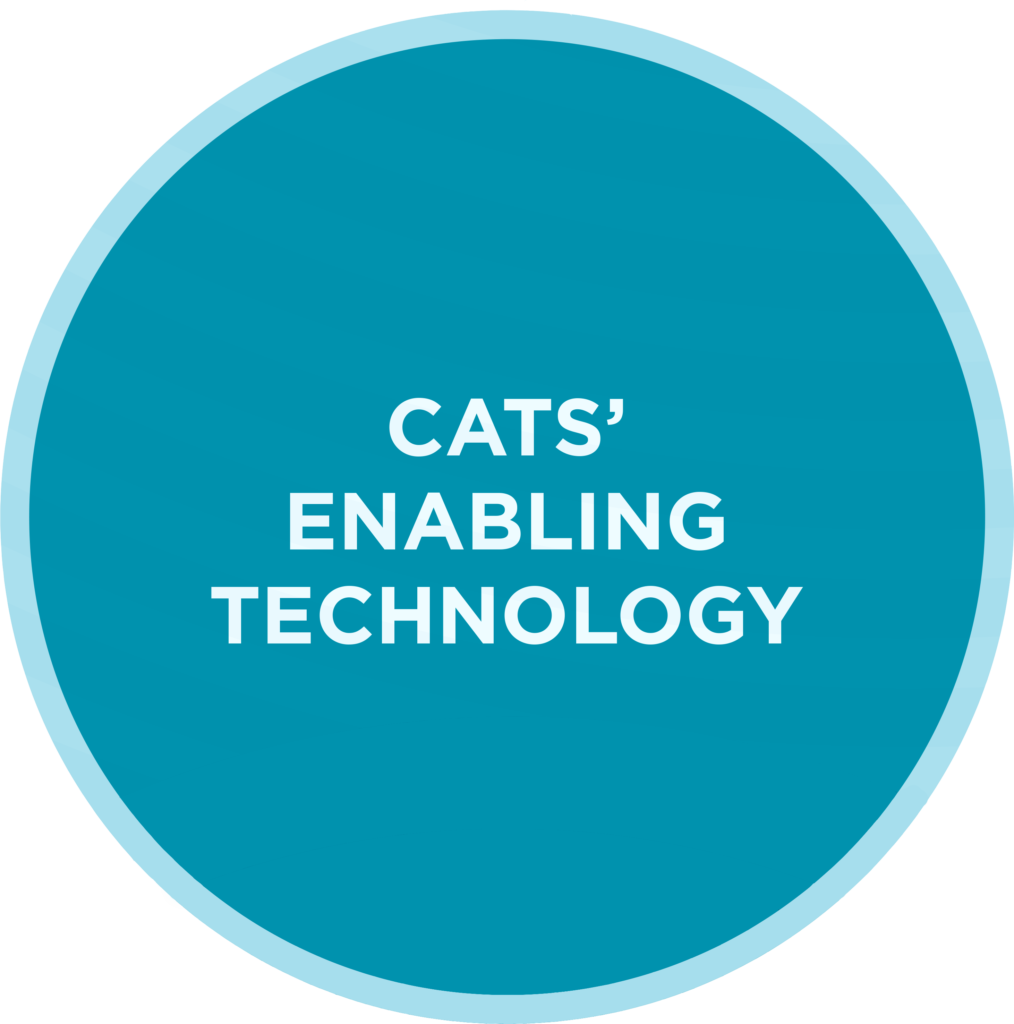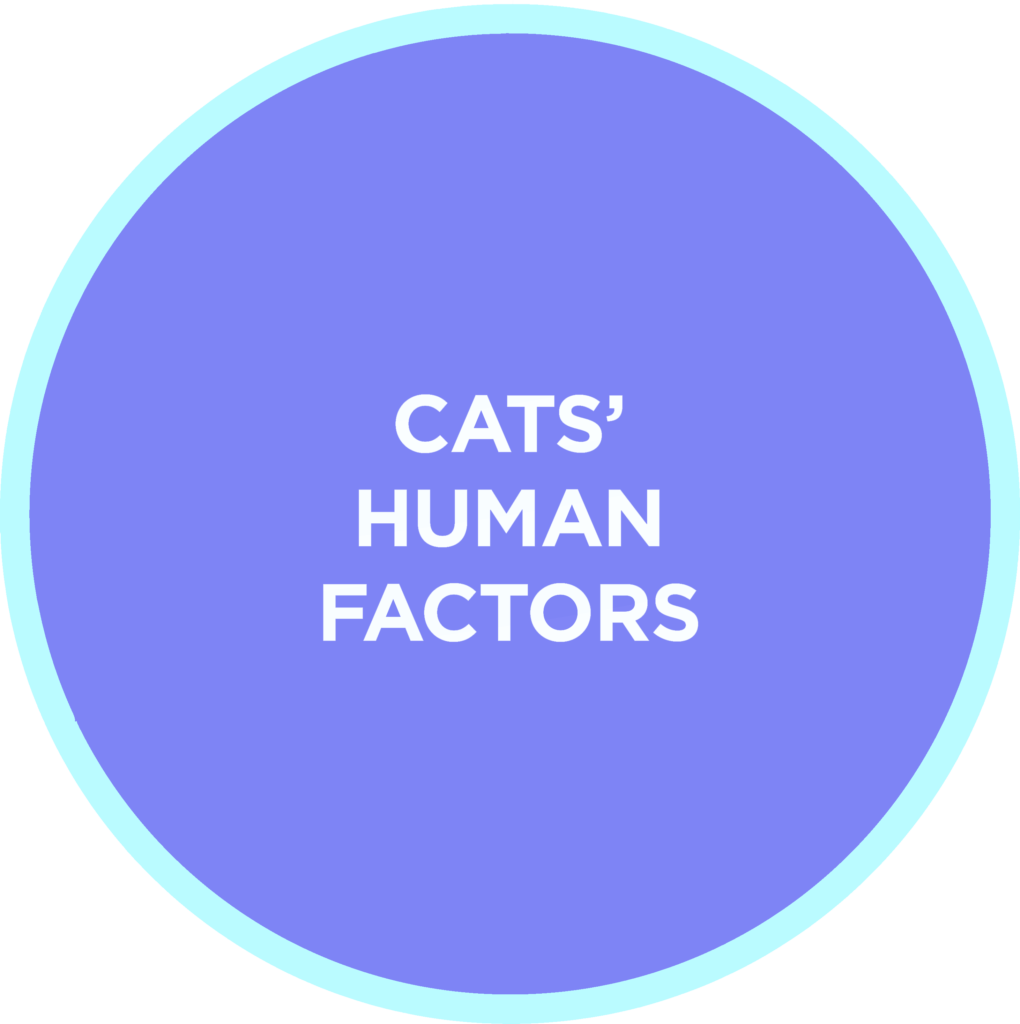The advent of CAVs promises enhanced safety and mobility of highway operations. However, the impacts of CAVs on highway infrastructure have not been fully studied. As such, highway asset managers are generally not adequately prepared to make the needed investments in the physical infrastructure to accommodate these new technologies. Therefore, CCAT aims to examine the impact of driverless vehicles on the design and management of highway infrastructure. The research approach will be to identify the various dimensions of the impact of CAVs on highway infrastructure with reference to the pre-CAV and post-CAV eras. The first dimension is the physical dimensions of highway in the infrastructure (the dimensions of certain assets will need to be increased, others decreased). The second dimension is the obsolescence of certain existing infrastructure (and their subsequent removal from the asset inventory). The third dimension is the introduction of new types of assets. The fourth dimension is the effect of increased or decreased amounts of highway travel on (a) physical deterioration of the infrastructure (b) user costs associated with highway investments and their effect on economic analysis and (c) highway revenues whether through indirect charging (the fuel tax) or direct charging (VMT fees). In addressing these issues, the proposed project is expected to yield a wide range of benefits to the departments of transportation at every level of government. Agencies will be better informed to make or prioritize investments to prepare for CAVs and will be able to make more reliable assessments of the impacts of CAVs operations on highway infrastructure expenditures and user revenues.
Research Focusing on Infrastructure Design & Management
| 2021 International Symposium on Transportation Data and Modelling (ISTDM) |
| Principal Investigator: Yafeng Yin Research Thrusts: Control & Operations, Enabling Technology, Human Factors, Infrastructure Design & Management, Modeling & Implementation, Policy & Planning |
| A Naturalistic Bicycling Study in the Ann Arbor Area |
| Principal Investigator: Shan Bao & Fred Feng Research Thrusts: Enabling Technology, Human Factors, Infrastructure Design & Management, Policy & Planning |
| Autonomy in Transportation Education |
| Principal Investigator: Neda Masoud Research Thrusts: Control & Operations, Human Factors, Infrastructure Design & Management, Modeling & Implementation |
| CCAT Ann Arbor Connected Environment (AACE) Operations and Maintenance |
| Principal Investigator: Henry Liu Research Thrusts: Control & Operations, Enabling Technology, Human Factors, Infrastructure Design & Management, Modeling & Implementation, Policy & Planning |
| Changes in Highway Agency Expenditures and Revenue in an Era of CAVs |
| Principal Investigator: Samuel Labi, Kumares Sinha, & Mohammad Miralinaghi Research Thrusts: Infrastructure Design & Management, Modeling & Implementation, Policy & Planning |
| Conformance to Clarifications for Consistent Implementations (CCIs) to Ensure Interoperability of Connected Signalized Intersections in the Ann Arbor Connected Environment with a National Deployment |
| Principal Investigator: James Sayer & Debby Bezzina Research Thrusts: Infrastructure Design & Management |
| Cybersecurity of Transportation Infrastructure in a Connected-Vehicle Environment |
| Principal Investigator: Henry Liu & Z. Morley Mao Research Thrusts: Enabling Technology, Infrastructure Design & Management, Policy & Planning |
| Design and Management of Highway Infrastructure to Accommodate CAVs |
| Principal Investigator: Samuel Labi, Kumares Sinha, & Mohammad Miralinaghi Research Thrusts: Infrastructure Design & Management, Modeling & Implementation, Policy & Planning |
| Design of Urban Landscape and Road Networks to Accommodate CAVs |
| Principal Investigator: Srinivas Peeta Research Thrusts: Infrastructure Design & Management |
| Development of A Cooperative Perception System |
| Principal Investigator: Yiheng Feng & Andrew Tarko Research Thrusts: Control & Operations, Enabling Technology, Infrastructure Design & Management, Modeling & Implementation |
| Development of an Integrated Augmented Reality Testing Environment and Implementation at the American Center for Mobility (ACM) |
| Principal Investigator: Henry Liu Research Thrusts: Enabling Technology, Infrastructure Design & Management, Modeling & Implementation |
| Economical Acquisition of Intersection Data to Facilitate CAV Operations |
| Principal Investigator: Samuel Labi, James Krogmeier, & Montasir Abbas Research Thrusts: Enabling Technology, Infrastructure Design & Management, Modeling & Implementation |
| Expand Development of Applications for Vulnerable Road Users in Pillar 1 (Pedestrian in Crosswalk) |
| Principal Investigator: James Sayer Research Thrusts: Enabling Technology, Human Factors, Infrastructure Design & Management |
| Exploring the Prospective Role of Connected Vehicles in Monitoring and Response to Pandemics and Disasters |
| Principal Investigator: James Eric Dietz & Samuel Labi Research Thrusts: Infrastructure Design & Management, Modeling & Implementation, Policy & Planning |
| Facilitating Electric Propulsion of Autonomous Vehicles Through Efficient Design of a Charging-Station Network |
| Principal Investigator: Samuel Labi & Mohammad Miralinaghi Research Thrusts: Control & Operations, Enabling Technology, Infrastructure Design & Management, Modeling & Implementation, Policy & Planning |
| Impact of Autonomous Freight Delivery on Trucking Operations |
| Principal Investigator: Imad Al-Qadi, Jeffery Roesler, Yanfeng Ouyang, Hadi Meidani, & Hasan Ozer Research Thrusts: Control & Operations, Enabling Technology, Infrastructure Design & Management, Modeling & Implementation |
| Improving the Efficiency of Trucks via CV2X Connectivity on Highways |
| Principal Investigator: Gabor Orosz Research Thrusts: Control & Operations, Enabling Technology, Infrastructure Design & Management |
| Lane Management in the Era of CAV Deployment |
| Principal Investigator: Mohammad Miralinaghi, Samuel Labi, & Shreyas Sundaram Research Thrusts: Infrastructure Design & Management, Modeling & Implementation, Policy & Planning |
| Large Network Multi-Level Control for CAV and Smart Infrastructure: AI-based Fog-Cloud Collaboration |
| Principal Investigator: Sikai Chen, Samuel Labi, & Kumares Sinha Research Thrusts: Control & Operations, Enabling Technology, Infrastructure Design & Management, Modeling & Implementation |
| Mcity Ann Arbor Connected Environment Operations and Maintenance |
| Principal Investigator: James Sayer Research Thrusts: Control & Operations, Enabling Technology, Human Factors, Infrastructure Design & Management, Modeling & Implementation, Policy & Planning |
| Mcity Infrastructure Data-Collection and Management System Development |
| Principal Investigator: Henry Liu Research Thrusts: Enabling Technology, Infrastructure Design & Management, Modeling & Implementation |
| Modeling Naturalistic Driving Environment with High-Resolution Trajectory Data |
| Principal Investigator: Shuo Feng & Henry Liu Research Thrusts: Control & Operations, Enabling Technology, Infrastructure Design & Management, Modeling & Implementation |
| Multifront Approach for Improving Navigation of Autonomous and Connected Trucks |
| Principal Investigator: Imad Al-Qadi & Yanfeng Ouyang Research Thrusts: Control & Operations, Enabling Technology, Infrastructure Design & Management, Modeling & Implementation |
| Operations of Connected and Autonomous Freight Trucks Under Congestion and Infrastructure Cost Considerations |
| Principal Investigator: Imad Al-Qadi, Yanfeng Ouyang, Jeffery Roesler, Hasan Ozer, & Hadi Meidani Research Thrusts: Control & Operations, Infrastructure Design & Management, Modeling & Implementation, Policy & Planning |
| Using Driving Simulator Environment to Determine Interactions Between User Behavior and Infrastructure Design Under Autonomous Vehicles |
| Principal Investigator: Srinivas Peeta Research Thrusts: Human Factors, Infrastructure Design & Management, Modeling & Implementation, Policy & Planning |
| xBOT – A Versatile Robot to Assist Testing of Autonomous-Connected Vehicles |
| Principal Investigator: Sridhar Lakshmanan, Paul Richardson, & Weidong Xiang Research Thrusts: Control & Operations, Enabling Technology, Infrastructure Design & Management |





